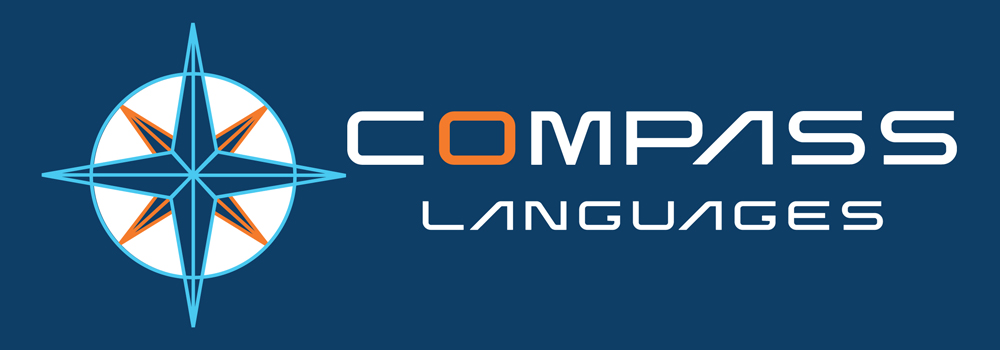Evaluating Quality
Evaluating the Quality of Your Localized Training Content Before You Deploy It
Sometimes, deploying a learning solution in a foreign language is a leap of faith. Wouldn’t it be nice if you could measure the quality of your non-English training content before anyone uses it? Compass Languages has developed an evaluation tool that does just that. Our tool can catch mistakes, improve quality and reduce anxiety prior to launch.
Let us grade your translation. You spend considerable energy evaluating your English courses but all too often the localized versions are thrown into the “Trust” bin. Whatever the translator/LSP creates must be right. Even if you wanted to run a quality check, how can you if you don’t understand the language?
This is a problem. We know that learners around the world behave like their English counterparts. They are turned off and stop learning if:
- The presentation is poorly designed
- The audio is poor quality or the narrator speaks the wrong dialect
- Images and graphics are culturally inappropriate
- The content is boring
Garbage in = Garbage out. Some argue that localized elearning content can only be as engaging as the source content. This is simply not true. Yes, starting with good source content really helps, but each language can be better or worse than the original for a number of reasons. For each language, we have the opportunity and challenge of retelling the story.
Compass Languages has developed a grading system for localized elearning content. How well we tell the story can be described by looking at three attributes of the course – Technical Issues, Purpose/Meaning, and Engagement. For each of these criteria we can assign a quality score.
The table below describes the characteristics that we measure, the score, and who the grader is. The score provides actionable insights allowing you to improve the quality. It also provides assurances that the material is ready for deployment.



